No products in the basket.
Blog
How to use an air admittance valve
What is an air admittance valve?
Air admittance valves, durgo valves, AAV’s or air inlet valves as they are sometimes known, allow air into the soil stack system without letting air (and thus smells) out. This stops a vacuum in the pipework and allows the waste to drain easily without letting smelly gasses out inside the property.
When you flush waste water from a toilet, bath or sink the water will flow along the waste pipe and air is carried along with it. As the water and air flow down the pipe it will cause a change in pressure in the pipework and air will be drawn into the system. Often this will be from plugholes, but air will enter the system anywhere it can in order to reduce the negative pressure. Have you ever heard the gurgling sounds coming from the plughole or drain when you’re emptying the sink for example?
This is what you’re hearing, air being drawn into the pipework system in order to stop a vacuum. If there is an issue with pressure in the pipework system and not enough air is able to be drawn in, it can cause problems such as waste water coming back up from the traps. If you’ve ever smelt that “drain smell” coming from a plughole then this is likely what is happening as it stops the traps from working correctly.
Usually, the way this problem is tackled is by venting the system at roof level using a soil vent pipe. This allows air in (and out) of the pipe at a level where any gases that are expelled will be expelled out of reach of neighbours noses! This method will allow the air to be drawn in at this point also, and as air or water will always use the path of least resistance then it will stop the gurgling noises and the foul smells coming from your plugholes as the pressure in the pipe system will be normalised and air will not need to be drawn in from these points and waste water will not return out of the traps.
Sometimes a pipe vent above roof level is not always possible, this is where you might use an air admittance valve. Reasons why you may not be able to use a vent above roof level is that there may be a neighbour with a loft conversion, or surrounding taller buildings, or when the building has roof windows. As a general rule, a soil pipe vent should never be vented less than 3m from a window otherwise you or your neighbours will be gassed out by foul odours coming from the vent! Sometimes it may be easier to use the air admittance valve inside even if there are roof windows, but to simply box it in using plasterboard to hide it as a pipe would usually.
Air admittance valve installation height
How high should you install the air admittance valve? The short answer is a minimum of 200mm above any water entry point. So if you imagine your soil pipe run, then durgo valve / AAV must be fitted above the highest connection to the soil pipe from any sink, bath or toilet that is connected to it. Usually you’ll find the installed at the very end of the soil pipe. If you need to, you can install them in line using a soil pipe junction.
You’d usually install the air admittance valve within the loft or it is boxed in within the property. Sometimes they’ll be installed in airing cupboards, usually to keep them out of sight. Obviously the valve needs to let air in, so it’ll need to be installed somewhere where there is access to air to allow ventilation. The other consideration is that it will need to be installed somewhere that is easily accessible for when there is a need for maintenance.
Can you use one outside?
You can, but it’ll need to be the right one. Most air admittance valves are designed only for use inside, so if you’re planning on doing this you will need to buy one that is suitable for external use. The only real reason for doing this would be if there was nowhere suitable to vent the pipe in the usual way, such as as mentioned previously, too close to a window, or not able to get above roof level. As I said before an open vent must be installed more than 3 meters away from a window and this is not always possible. In this scenario you could use an AAV that is rated for external use, as these can be placed close to the window as they will not allow escape of foul smelling gasses.
Other considerations would be to check that the valve is kitemarked and rated for use within the UK, because otherwise they could be damaged by weathering such as frost, freezing temperatures or extreme weather events.
How does the air admittance valve work?
Well, it’s fairly simple actually, which is good because that means even I can grasp a basic understanding of it. The air admittance valve will either come in push fit, or solvent form, so it’ll either be pushed into the pipe using a rubber seal, or glued onto the pipe using solvent cement. This creates a seal and makes sure that no air can enter the system without going through the AAV first, creating a closed system. So when a toilet is flushed, a bath emptied or a sink drained, water and air will flow down the pipe. At this stage, air will be required inside the system to stop a negative pressure from forming which would stop the flow of water or drag waste water back up through the traps. This is where the air admittance valve comes in, it is designed to only let air in, and not let any air (or gasses) out. This way air is let into the system only when it is needed, and no air is allowed to escape the system.
The most commonly sold AAV is the rubber push fit ones that we sell here at EasyMerchant. They’re easy to install, a matter of just pushing them into the pipe, and they’ll create a watertight and airtight fitting. Some will prefer the solvent weld air admittance valves though, as once cemented these will create a permanent connection.
Are there any issues to consider when using an air admittance valve?
The biggest potential issue is failure of the product itself. As with any product with moving parts, it could fail and stop working and therefore allowing bad smells into the home. Sometimes the first tell tale sign will be the familiar gurgling from plughole or “drain smell” coming from them. This is why I’ve recommended only installing one in an area that is easy to access because then in this case it’ll be easy to remove and replace the broken fitting. One way to avoid this is by purchasing a well known brand who make high quality, tested and approved products like the ones we sell here at EasyMerchant.
Sometimes the valve may simply be malfunctioning because the flap within the valve has become stuck. Usually (if you’ve used a push fit joint) you’ll be able to remove the faulty valve, open it up and inspect the rubber seal. Make sure the seal isn’t clogged and apply some pipe lubricant to the seal before screwing it back together and replacing it to test. If you’re not able to repair it, then a replacement should be easy to source from somewhere as most are standard sizes (110mm) to fit standard 110mm pipes. If you can’t find a replacement seal, then it may just be easier to replace the valve as they aren’t usually too expensive and they’re usually very easy to replace as it’s just push-fit. Meaning you can lift the old one off and pop the new one on.
Still having issues? Then a waste pipe may be blocked preventing the waste and gasses from flowing down into the sewer and blocking the drain. In this scenario it’s likely the the system will need to be rodded from an access point. Call a local drainage engineer to help you with this if you aren’t able to do it yourself.
Otherwise it may be that the AAV has been installed in an incorrect location, such as below the point of another water entry to the system. For example, the durgo valve has been installed below a toilet on the floor above this will result in valve not being able to draw the air in as it is supposed to and causing negative pressure within the system.
Air admittance valve under sink?
This is a question I get asked all the time – “I’ve been told to install an air admittance valve under my sink, but your guide says not to install one below a water entry point”. Well, good question, but in this case we would be talking about a different fitting all together. This type of AAV is one for a waste pipe, usually 32mm rather than 110mm. This valve is a smaller valve designed to reduce the pressure within the waste pipe and help to stop gurgling and expelled gasses from the kitchen appliances or sometimes simply because the water will not drain away quickly enough from the sink.
Do you sell AAV’s at EasyMerchant?
Yes we do, you can find them here. We source them from a UK manufacturer and they’re approved and tested for use within the UK. We’re also confident that you won’t find them at a better price anywhere else! So if you’re in the market for one, please do check them out.
As always, thank you for reading our guides here at EasyMerchant and we hope it’s helped you! If you do have any further questions then feel free to contact us at sales@easymerchant.co.uk or on 01371 850 120.
Shop Soil Pipe & Fittings
Sale!
Sale!
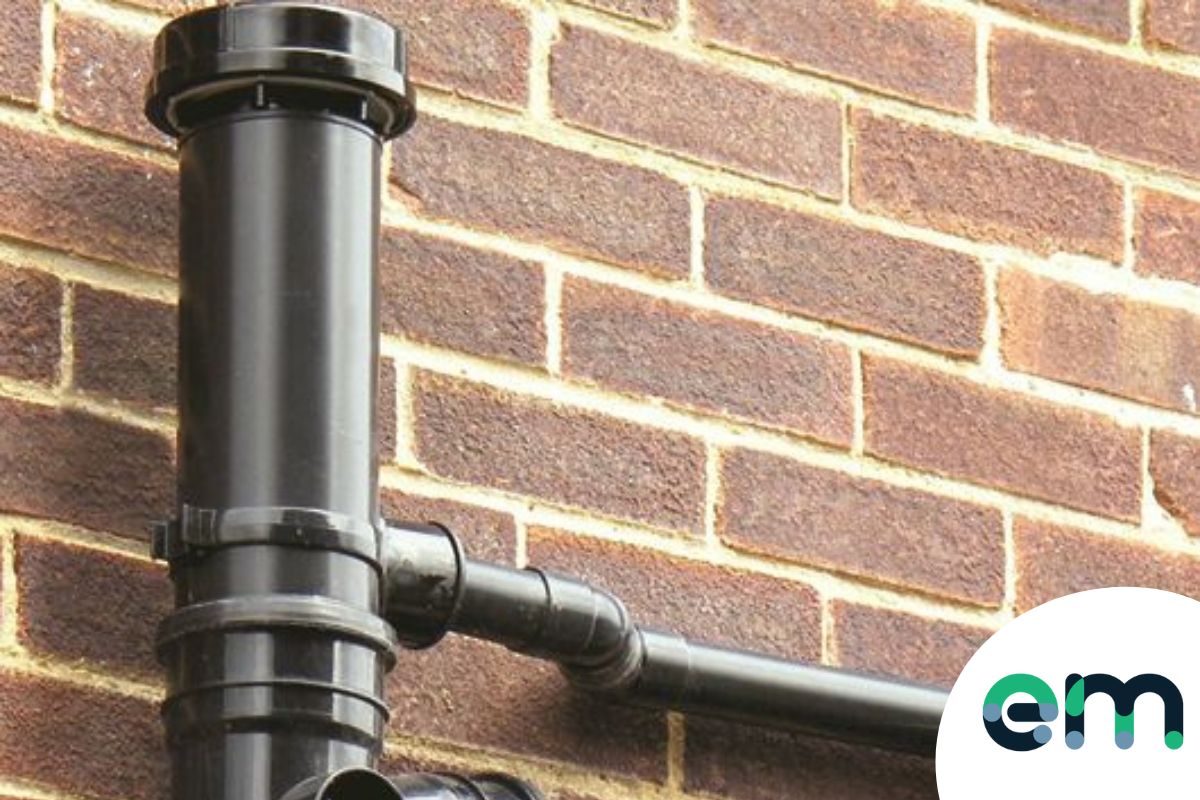
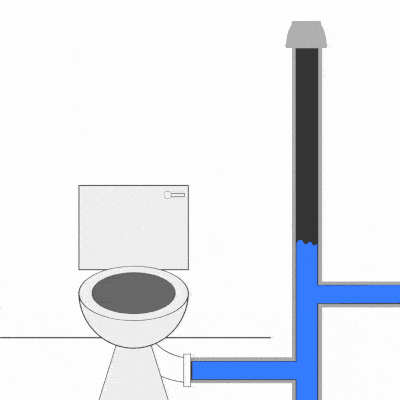
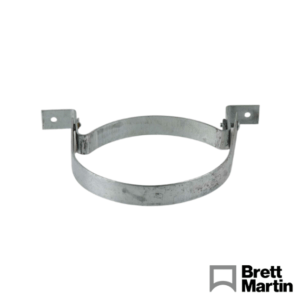
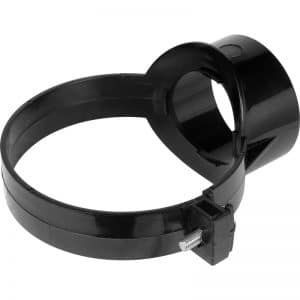
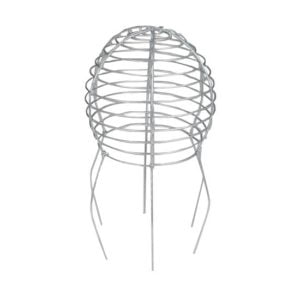
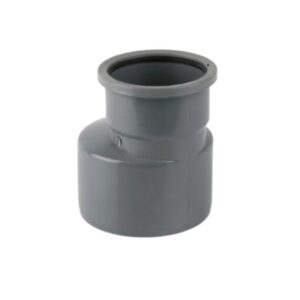
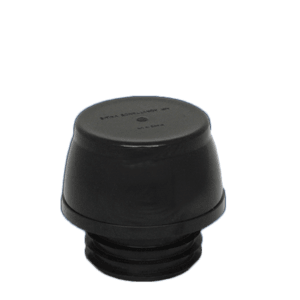
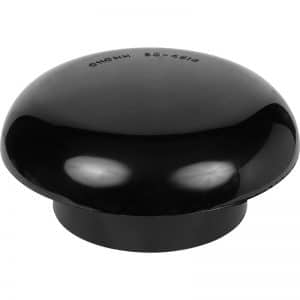
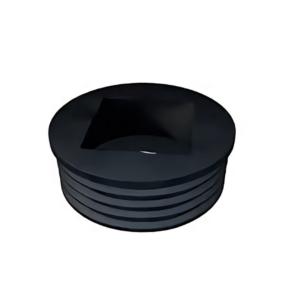
Hi there,
Quick question, 2 inch vent pipe in a bathroom, can I cut it and fit a 2 inch AAV valve under a bath?
The major issues is that it wouldn’t be 200mm about sink waste? Would this cause problems?
Thanks Natalie
The Aav has an open and closed setting so should it be open or closed after installing
Question:internal air admittance valve next to wc. Don’t like it ending internally. Is it legal and would it still work OK if put bend in pipe leading to air admittance valve next to 1st floor wc and make pipe go out through wall next to wc, then continue it up above roof level outside. Not poss to put outside from ground level.
could i drill a hole thru top of durgo valve to allow condensate pipe to drain into soil pipe. without affecting valve operation? the valve is boxed in and 10cm below loft floor.
I have used plenty of them on stacks and waste pipes in the past but now I am retired so I just wondered why ,I am watching building work with a LCC soilpipe
The cast iron is hanging over a around 18″ or more ,they have put a new roof on just wondered if they know about Durgo products.
I have a downstair cloakroom (toilet & sink) at the front of the house which empties to a soil pipe that runs under the house to the back where it joins the soil stack. There is an AAV in the cloakroom standing 90cm above the floor and boxed in. I intend fitting a toilet unit with hidden cistern. To hide the AAV within a standard toilet unit, I need to reduce its height by 4 or 5 cm. Is that OK? Are their any regulations or good practices to follow?
I’m interested in purchasing a house with an internal stub stack and air admittance valve which is situated in a bedroom. Is this legal?
Will installing an AAV (Durgo) Valve in the roof space cause condensation under the roofing felt
The water in my toilet bowl has dropped below normal levels – does that mean I might have a problem with an AAV somewhere or is it going to be something else?